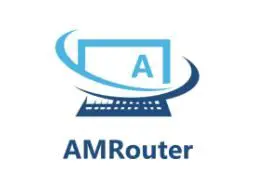Introduction
DD-WRT is a Linux-based open-source router firmware project that was created to reveal your wireless router’s untapped potential. We have compiled a list of the best DD-WRT Router in this article.
The router’s manufacturer developed the majority of the routers’ stock firmware. Stock firmware is designed to be simple and avoids any complicated technical terms that a non-technical user might find confusing.
Projects such as DD-WRT and OpenWRT, among others, remove the limitations of standard firmware and give the device complete control.
It can significantly improve wireless connectivity, reliability, privacy, and network security on the router.
Undoubtedly, DD-WRT routers provide the best opportunity to take advantage of everything your Internet connection offers. DD-WRT firmware and a powerful router give you access to a plethora of cutting-edge features that allow you to manage, customize, and improve your Web browsing experience.
Parental controls, content filtering, advanced optimization for various online activities, online privacy protection, and malware protection are just the tip of the iceberg in terms of features. What are the best DD-WRT routers on the market right now? Let’s just say you’re in the right place.
Before we begin, let’s address a few frequently asked questions. To begin with, it is true that DD-WRT routers can be quite expensive. We are fully aware, however, that our readers require routers that can meet a variety of needs and budgets.
As a result, we’ll go over a comprehensive list of the best DD-WRT routers and address all of your concerns.
Furthermore, before purchasing your chosen router, carefully review its specifications. This will allow you to ensure that your Web connection, particularly its speed, is being used to its full potential.
Specifications:
You should start by reviewing the specifications. While some routers have a single-core CPU, higher-end models have a multi-core CPU and plenty of RAM. Some low-cost DD-WRT routers may have barebones specifications and only support the built-in operating system, making third-party firmware installation difficult.
Connectivity Options:
A 2.4GHz connection may be sufficient for simple Web browsing, but a 5GHz connection is required for more complex operations. In general, 5Ghz is recommended for multiplayer video games and HD and 4K streaming.
DIY Flashing or Pre-Flashed:
Simply buy a router from the manufacturer and then perform the firmware flash upgrade on your own device. This is the less expensive option, but doing it incorrectly risks invalidating a new router’s warranty and turning it into a paperweight. The second option is to buy it pre-flashed from a different company. Before shipping, the router is tested to ensure that it works properly with DD-WRT and that it still comes with a warranty.
Best DD-WRT Router of 2023
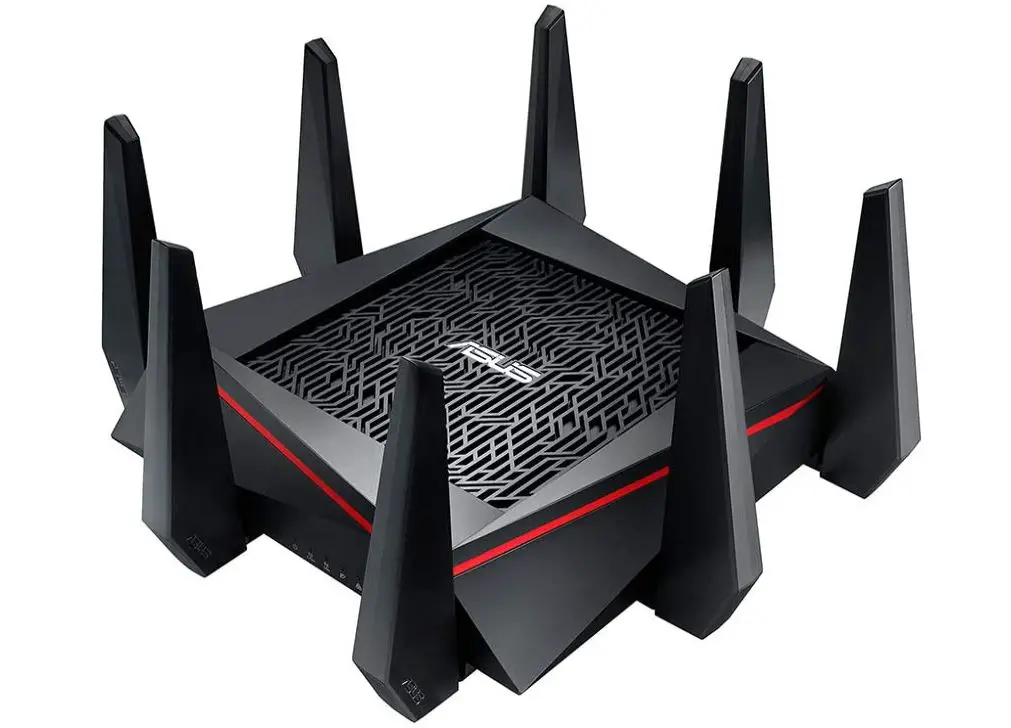
ASUS RT-AC5300 Router – DD-WRT Router
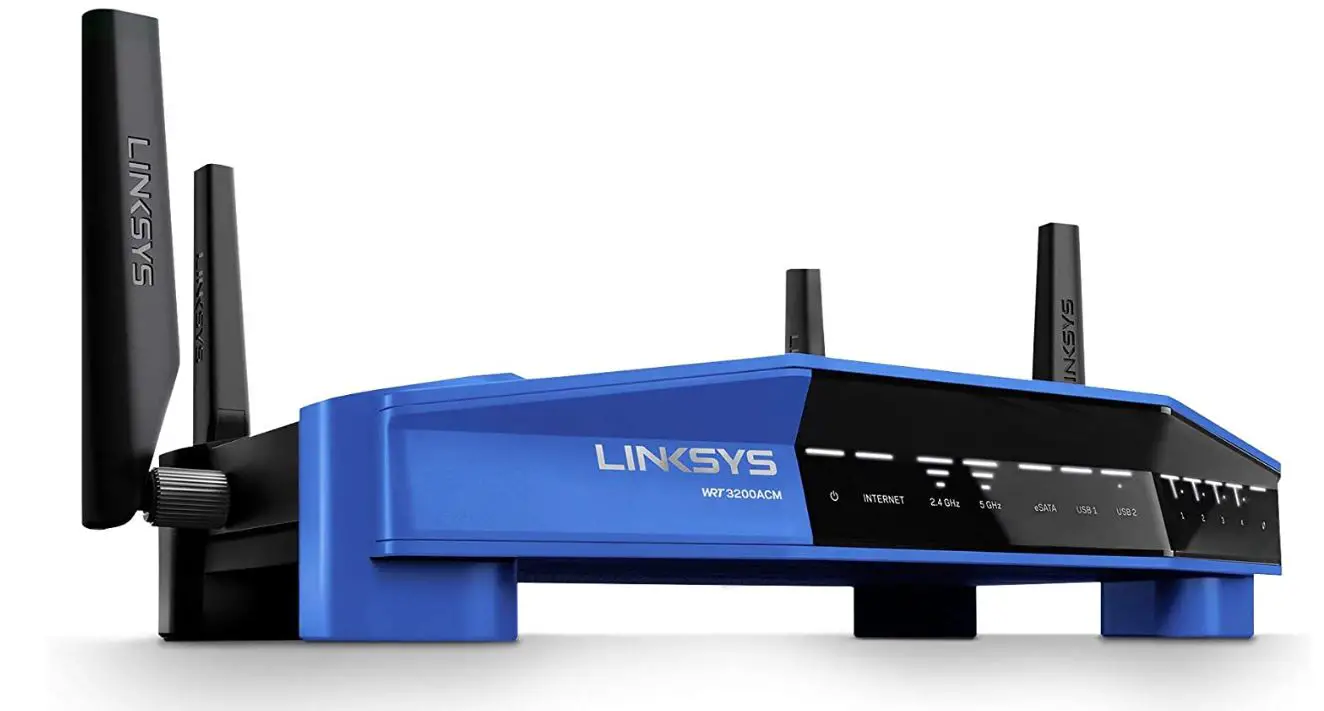
Linksys WRT3200ACM
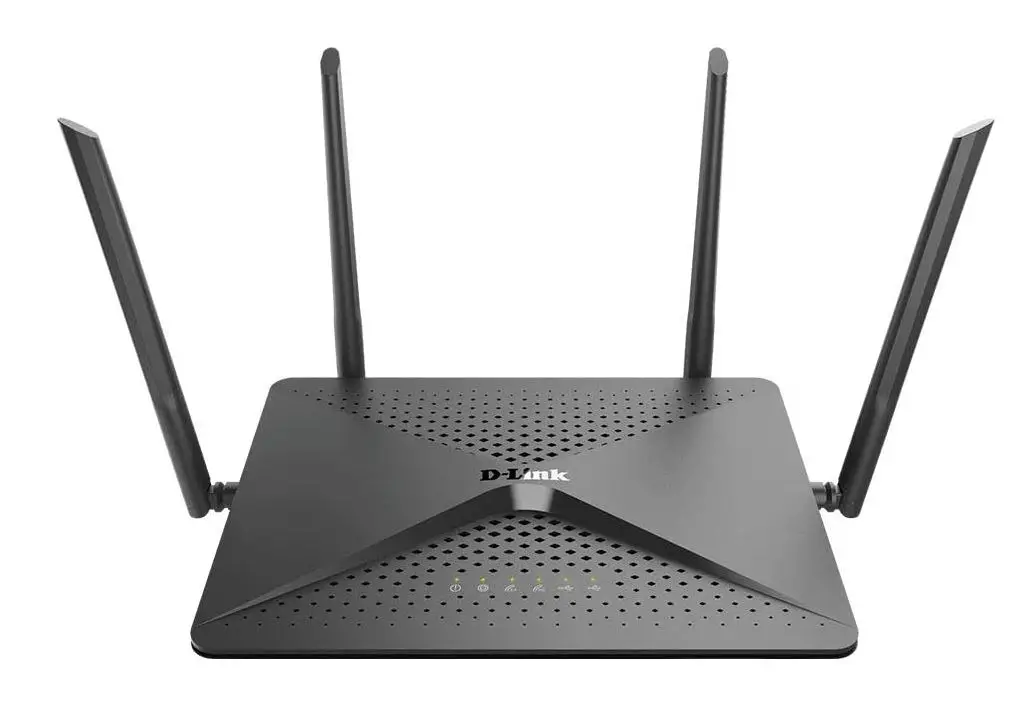
D-Link Wi-Fi Router
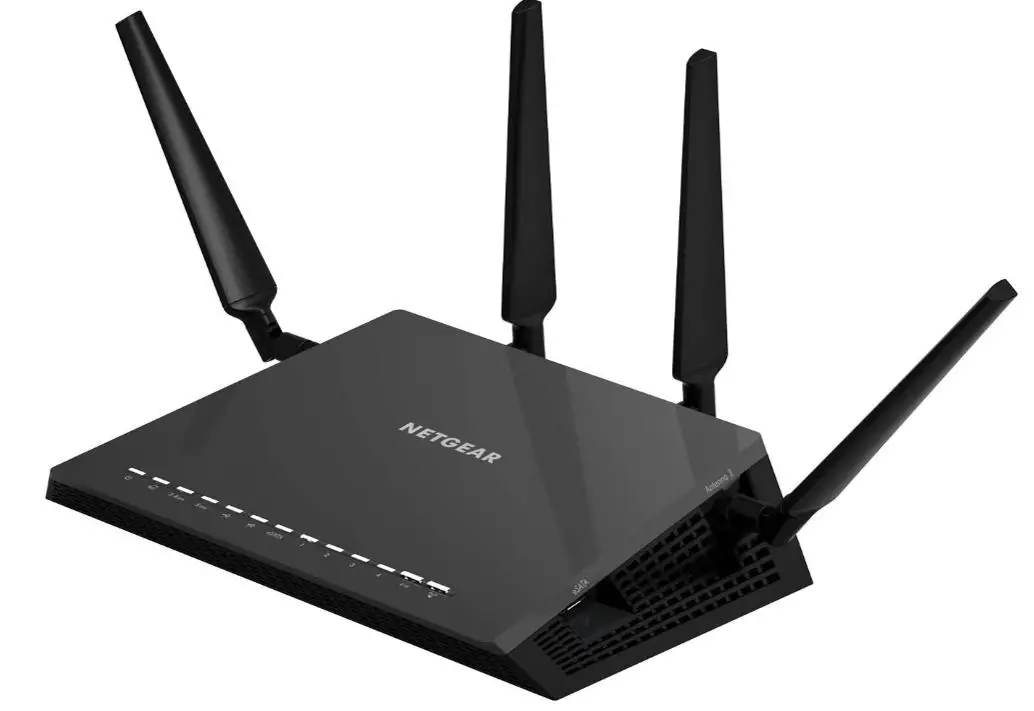
NETGEAR Nighthawk X4S Smart WiFi Router (R7800)

NETGEAR Nighthawk X10 AD7200 (R9000)

NETGEAR R6700
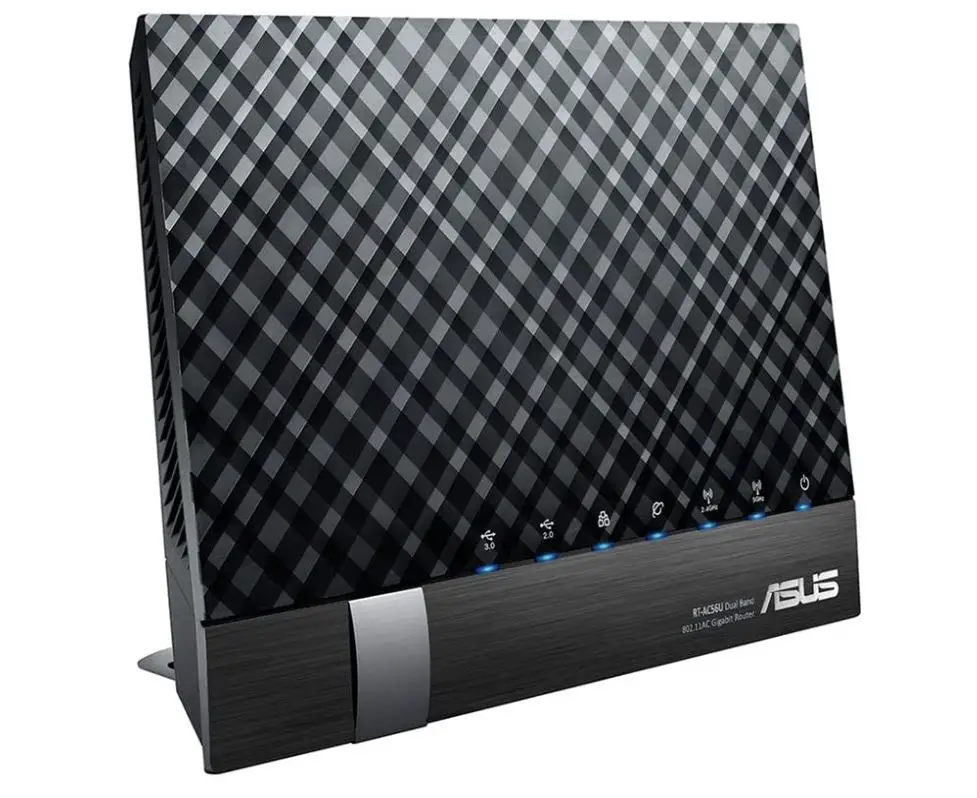
Asus RT-AC56U AC1200

Linksys E2500

ASUS AC1900 WiFi Gaming Router (RT-AC68U)

The Asus RT-AC5300 has a coverage area of 5000 square feet, which is large enough for a large house or a small office. If you require a larger network, the Asus RT-AC5300 router can be combined with a Wi-Fi mesh for added convenience.
The router is powered by a 1.4GHz Broadcom BCM47094 processor with 128MB flash and 512MB RAM to flash the DD-WRT firmware and install all the network management apps. Of course, with a powerful router configuration, you can completely customize the network’s security and performance.
The router supports triband streaming, so you’ll have one 2.4GHz and two 5GHz channels. Because it adheres to the IEEE 802.11ac standards, it only has Wi-Fi 5 capabilities. However, with a maximum bandwidth of 5334Mbps, you can easily play games and stream all of your 4K videos.
The router has a single WAN port and four Ethernet ports for connecting all of your network devices. For added convenience, two USB ports, one each of USB 2.0 and USB 3.0, allow you to connect storage devices to use as Network Attached Storage (NAS) components.
Asus also offers AiProtection, which includes Two-Way Intrusion Prevention, malicious site blocking, and protection from infected devices if you find DD-WRT too complex. Asus includes a suite of Traffic Control tools at your fingertips, accessible via a mobile app. Use the built-in VPN client and server tools for additional security against malicious threats.

The Linksys WRT3200ACM is the first DD-WRT router on this list.
It is a dual-band router with a 2.4 GHz top speed of 600 Mbps and a 5 GHz top speed of 2600 Mbps.
Thanks to its TRI-stream 160 technology, which boosts bandwidth from 80Mhz to 160Mhz, you can enjoy 4K HD streaming, gaming, and other high-quality activities without experiencing any latency.
The Linksys WRT3200ACM features beamforming technology, which improves performance and reduces interference by concentrating wireless signals on connected devices, as well as MU-MIMO, which provides reliable connections to multiple devices at the same time.
This router also supports WPA/WPA2 wireless encryption protocols and can be easily configured and operated using the Linksys Smart WiFi App or a web browser.
If you want an open-source router with robust hardware that works with both OpenWRT and DD-WRT router firmware, this is the router for you.

If you watch a lot of 4K content, the D-Link DIR-882 is the best router for you. It has a large bandwidth and a 44 data stream, making it ideal for environments with multiple competing devices. As a result, you can easily connect all of your IoT devices and stream your favorite videos.
The router is equipped with a dual-core MediaTek MT7621AT 880MHz processor, which is sufficient to run the essential DD-WRT functions. The 16 M.B. flash memory and 128MB RAM are functional, and you should be able to run a few essential apps on the router.
Wi-Fi 5 infrastructure includes four external antennas, MU-MIMO support, and a combined bandwidth of up to 2533Mbps. This includes 800Mbps at 2.4GHz as well as 1733Mbps on a single 5GHz channel.
The D-Link DIR-882 is smaller than the Asus, so it won’t take up as much space. This is primarily due to the D-Link router’s lower specifications and fewer antennas. The lower specification provides only 1800 square feet of coverage and connectivity for only 15 devices at a time, making it ideal for a mid-size home.
To connect all of your network peripherals, the router has one WAN and four Ethernet ports. You also get one USB 3.0 and one USB 2.0 port for connecting NAS devices.

The Netgear Nighthawk R7800 router has a 2.4 GHz band top speed of up to 800 Mbps and a 5 GHz band top speed of up to 1730 Mbps.
It has four external antennae for better WiFi coverage.
If that isn’t enough, the built-in beamforming+ technology will boost WiFi connection speed, dependability, and range to connected devices.
ReadySHARE technology allows you to easily share a storage drive with any connected device or set up private cloud storage that is accessible from anywhere.
You can quickly configure and manage your router using the Nighthawk App or a web browser.
If you’re looking for a balanced router that can be used for regular tasks like streaming videos, playing games, browsing the internet, connecting smart home devices, and being DD-WRT compatible, this router will be an excellent addition to your networking environment.

It is a tri-band WiFi router with top speeds of up to 4600 Mbps for 60GHz band devices, 1733 Mbps for 5GHz band devices, and 800 Mbps for 2.4 GHz band devices.
The Nighthawk R9000 has four high-performance antennae in addition to MU-MIMO for simultaneous streaming and beamforming technology to boost WiFi signals to maximize range and throughput.
Among the R9000’s other notable features are the Plex Media Server, Amazon Drive Cloud Backup, and voice control with Alexa.
If you want WiFi technology that provides ultra-smooth 4K streaming, a fantastic VR gaming experience, quick downloads, and compatibility with DD-WRT router firmware, look no further than this high-end router.

If you go with the R6700, you’ll get everything you need at a very reasonable price.
In many ways, it is similar to our next option, but it also introduces a few intriguing tradeoffs that ordinary home users would not mind.
The first is the well-known design of this router, which is exclusive to NETGEAR routers.
The manufacturer has provided one front-facing USB 3.0 port for external storage devices. Because of this, you can quickly create entertainment hubs and access them from a variety of devices.
Another intriguing development has occurred.
There are three high-power antennae that can be removed and adjusted.
The NETGEAR R6700 network provides a maximum throughput of 1,750 Mbps split across two channels.
Furthermore, this device provides excellent storage performance, which should not be overlooked.

When we don’t want to spend a lot of money but still want a good set of features, Asus has us covered. The RT-AC56U AC1200 (also known as the Asus Overlay) comes with a powerful 800 Mhz Broadcom Processor, DD-WRT compatibility, and the ability to support up to five devices on the same network.
This is one of the best DD-WRT routers from Asus. It is ideal for anyone looking to upgrade their network on a budget, in our opinion. It also has excellent coverage, an impressive feature set, and a lovely design.
As it sits on our wall, it’s difficult not to fall in love with this model’s elegant design. Even if performance is a top priority for you, this device will not disappoint.

The Linksys E2500 model, which is based on the wildly popular Linksys E3200 model, has a slew of new features and a very appealing design.
You will have access to both the 2.4GHz and 5GHz networks, as well as four LAN connections and one WAN port.
The device lacks even a status LED in order to be as unobtrusive as possible.
The included CD with the Cisco Connect software speeds up the initial setup process to less than five minutes.
Naturally, you can install customized software and personalize this DD-WRT router.
If you stick with the built-in software, you can prioritize tasks like gaming or streaming, configure port forwarding, and set FTP and HTTP servers.
Finally, keep in mind that this router provides very consistent performance and that connection drops are uncommon.
Overall, this is an extremely dependable and high-quality inexpensive DD-WRT router.

The dual-band Asus RT-AC68U router has a maximum 2.4 GHz band speed of 600 Mbps and a maximum 5 GHz band speed of 1300 Mbps.
This Asus RT-AC5300 router, like the previous model, includes AiRadar technology for improved WiFi coverage and a stable connection across all connected devices.
You can also connect the RT-AC68U to other ASUS routers that are compatible with the built-in AiMesh technology to create a powerful and adaptable whole-home WiFi network.
In terms of security, the AC68U supports the WPA/WPA2-Personal and WPA/WPA2-Enterprise security standards.
You can quickly manage every configuration using the Asus Router app or the website.
In addition to DD-WRT compatibility, this router includes official support for the Asus Merlin router firmware.
If you want a gaming router that won’t break the bank, give this one a shot.
Do You Need DD-WRT?
Almost every modern wireless router includes stock firmware that enables you to optimize your wireless network, set parental controls, and so on. However, there are some limitations; if you want to fully utilize your router’s hardware, you may require the DD-WRT firmware. However, if you’re satisfied with the features provided by the stock firmware, you don’t have to.
Installing open-source firmware such as DD-WRT, Tomato, OpenWRT, and others provides your router with a plethora of features and tools that allow you to fine-tune, control, and optimize your network usage experience. Content filtering and parental controls, online privacy protection, advanced optimization for separate online activities, and malware protection are just a drop in a vast ocean of features.
Buying Guide for the Best DD-WRT Routers
How to select Best DD-WRT Router
Let’s get right to it and keep things as simple as possible. What is a DD-WRT router and how does it work?
It is a Linux-based firmware that was designed specifically for use in routers. DD-WRT routers are unique in that they can be customized to provide features more appropriate for a business router. Capable of performing specific tasks with improved tinkering and customization abilities.
Following the installation of a DD-WRT router, you will use a high-end, feature-rich router in the future. There are no fundamental configurations. Another example is improved accessibility.
It updates outdated firmware in order to provide a better connection and greater internet security.
You should purchase a DD-WRT router now that you understand why it is required for the best online experience.
If you’re looking for a DD-WRT router, you’re probably looking for something that gives you fine-grained control over your Internet connection. This entails thoroughly examining the specifications and feature sets of various possibilities. Here’s what you need to know.
Specifications:
First and foremost, you must thoroughly review the specifications. While some routers use single-core CPUs, higher-end models use more powerful CPUs and more RAM. Some low-cost DD-WRT routers may have subpar specs and can only run the built-in system, and installing third-party firmware may be difficult.
Connectivity Options:
While a 2.4GHz connection may be sufficient for basic Web browsing, more complex operations will require a 5GHz connection. In general, 5Ghz is best for HD and 4K streaming, as well as multiplayer gaming.
DIY Flashing or Pre-Flashed:
You can simply buy a router from the vendor and upgrade the firmware yourself. This is the less expensive option, but it voids the warranty on a new router and, if done incorrectly, risks turning the equipment into a paperweight. The second option is to buy it already flashed from a third-party vendor. You will still receive a warranty, and the router will be tested before shipping to ensure that it works properly with DD-WRT.
Bands and Bandwidth
Most routers have a dual-band or tri-band configuration. While dual-band routers provide a 2.4GHz and 5GHz band, a tri-band router adds an additional 5GHz band to your network, decongesting it by distributing the load across three sub-networks. However, tri-band routers are more expensive, making them ideal for congested environments where availability is critical.
Triband routers provide faster data speeds than dual-band routers by adding a 5GHz channel and supporting 160MHz channels. Not all tri-band routers support 160MHz channels, so double-check before purchasing one.
Advantages of DD-WRT Routers
The DD-WRT router’s powered USB port can read flash memory cards and hard drives (but not USB hard drives). Using this correctly, you can create stable network storage.
With a DD-WRT router, you have the option of using a VPN service or not. This gives you access to thousands of websites that are blocked around the world. To complete the process, simply connect it to your television, tablet, or mobile device!
The third advantage of a DD-WRT router over a standard wireless network is the ability to connect any type of software. Printers, scanners, and copiers are examples of such devices. Aside from using a USB flash drive, there are other ways to connect to a computer.
Another advantage is having access to the Domain Name System (DNS) (Domain Network Servers). Once you’ve cached the servers, you can speed up your hostname lookup. It allows you to visit websites that take longer to load.
The most obvious benefit is the continuous wifi connection. It will be possible to work more quickly, precisely, and wirelessly. That, my friends, elevates wireless communication to a whole new level.
FAQs
What Are DD-WRT Routers?
On DD-WRT routers, you can install and run DD-WRT or custom firmware. This Linux-based firmware includes a professionally designed Web interface with numerous customization options. In contrast to the original firmware from Linksys, Asus, and Netgear, DD-WRT allows you to review more data and customize your Web browsing experience.
There could be a lot written about DD-WRT, so it’s important to educate yourself as much as possible before using this technology. This will allow you to learn about the many benefits and drawbacks of the DD-WRT firmware. After all, you’ll be modifying your router’s operation and unlocking its capabilities. As a result, installing DD-WRT firmware is more difficult than it appears.
Should You Buy pre-flashed DD-WRT Routers?
The quickest and safest way to get a DD-WRT router is to buy one pre-flashed from a retailer.
This has several advantages. One advantage is that you know the newly purchased router will not be bricked because it was tested beforehand. Second, flashing a router yourself voids the warranty that the reseller frequently provides.
There isn’t much risk in doing this as long as you carefully follow the instructions and double-check that the specific model you have is listed as compatible. There’s a slim chance you’ll brick the router if you’ve done your homework.
Can You Install DD-WRT on Any Router?
No, DD-WRT cannot be installed on most routers. You’ll need a device that supports custom firmware and can run DD-WRT without issue. As a result, we strongly advise you to check whether a fully supported version of DD-WRT is available for the router you intend to buy.
Can You Remove/Uninstall DD-WRT & Revert to Stock Firmware?
In general, you can restore the DD-WRT firmware on your router to its original state. This feature is accessible from the DD-WRT Web interface for various models. However, you should be aware that not all models support this action.
Attempting to “downgrade” from DD-WRT to your router’s factory firmware carries risks. Some features may not function properly, or your device may become bricked. As a result, we recommend hiring a professional or making sure your instructions are very clear and accurate.
How Do I Access My DD-WRT Router?
In order to access your DD-WRT router and its Web interface, you must use a Web browser.
To access the login page, type “192.168.1.1” and then sign in with the default root username and password (admin).
Please keep in mind that the most recent version of DD-WRT requires you to create your own username and password, so keep them safe. Furthermore, keep in mind that the default IP address you should use is frequently ‘192.168.1.1’. Some routers may use the IP addresses 192.168.2.1, 192.168.11.1, or 192.168.10.1.
Will DD-WRT Speed Up My Router?
When configured correctly, DD-WRT can improve the speed of your Internet connection. Please keep in mind that this isn’t always the case, and the ‘improvement’ in performance is dependent on the reason you were experiencing slow Web speeds in the first place.
If your ISP (Internet Service Provider) throttles specific services, such as Netflix, you can avoid it by using a VPN in conjunction with your DD-WRT. This means you’ll be able to encrypt your Internet connection data and avoid throttling. It should also be noted that DD-WRT may help you expand or boost your wireless signal.
Does DD-WRT increase the range?
DD-WRT is a high-quality open-source firmware that, in addition to improving your router’s overall functionality, can also unlock its technical capabilities. As a result, the device can extract more power, which is important for increasing the overall range. Keep in mind that increasing range and extracting power can cause the router to overheat.
Which is better, OpenWRT or DD-WRT?
When compared to DD-WRT, OpenWRT provides more control over a router but at the expense of simplicity. The former requires adequate knowledge to use properly and fully exploit its potential, whereas the latter does not.
Conclusion
Finally, we hope that we have given you some useful information about the functionality of DD-WRT routers. In order to provide an accurate image of the product, we base all of our evaluations on actual customer feedback. The final decision will always be determined by how you intend to use the router and what you anticipate from it.
